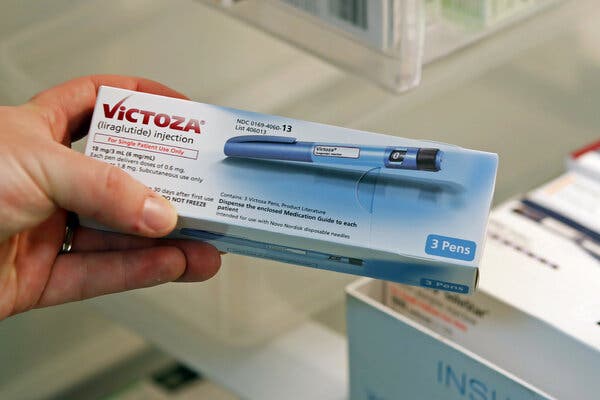A law that coaxed companies to lower the price of drugs came with a little-known consequence: smaller discounts for low-income health clinics.
Listen to this article · 8:28 min Learn more
- Share full article
Maricruz Salgado was bringing her diabetes under control. Thanks to a federal program that allowed health clinics that serve poor people to buy drugs at steeply discounted prices, she was able to pay less than $75 for all five of her diabetes medications every three months.
But in July, the cost of three of those drugs soared. Ms. Salgado, who does not have health insurance, suddenly faced costs of hundreds of dollars per month. She could not afford it.
Her doctor switched her to cheaper medicines. Within days of taking one of them, she experienced dizzy spells so severe that she said could barely keep up with her hectic daily schedule as a phlebotomist and an in-home caregiver. By the time she returned to the doctor in September, her blood sugar levels had ticked up.
“We were in a good place,” said Dr. Wesley Gibbert, who treats Ms. Salgado at Erie Family Health Centers, a network of clinics in Chicago that serves patients regardless of their ability to pay. “And then all the medicines had to change.”
The price hikes at the clinic happened for a reason that is symptomatic of the tangled web of federal policies that regulate drug pricing. In 2024, drug makers lowered the sticker price of dozens of common medications, which allowed them to avoid massive penalties imposed by the American Rescue Plan, the Covid relief package passed three years earlier. But that change backfired for low-income people like Ms. Salgado.
The decision to make these medications more affordable for large swaths of patients has quietly created another problem: a severe financial hit to the clinics that are tasked by the federal government with caring for the country’s poorest people. These nonprofit clinics operate in every state and serve nearly 32.5 million people, or about 10 percent of the country’s population.

